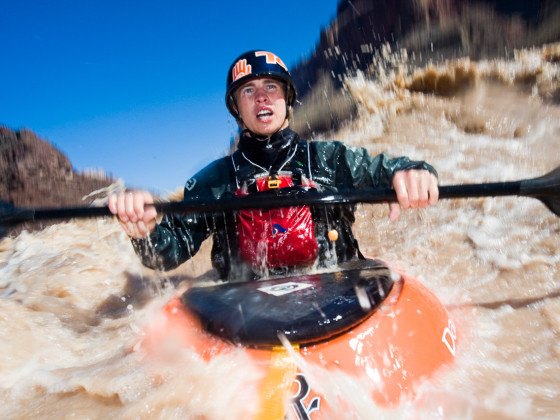THERE ARE TWO KINDS OF PHOTOGRAPHERS. There’s the technical photographer who thinks in terms of rules, settings, and equipment. These photographers try to create a feeling by using the camera to change the scene.
The second is the artistic photographer, who search for moments that contain the feeling they are looking for independently of the camera. They will mess with the camera’s settings in a more haphazard way, hoping to come across something interesting. Great photographers are capable of finding an image with feeling, then will use their technical knowledge to highlight the mood that they want. When the goal is photographing an adventure sport, we rely on our equipment. Without the right gear, we won’t be able to get the shots that we want, no matter how technical or artistic we are. There are no bleachers to sit in out there, to get the shot we have to be a participant.
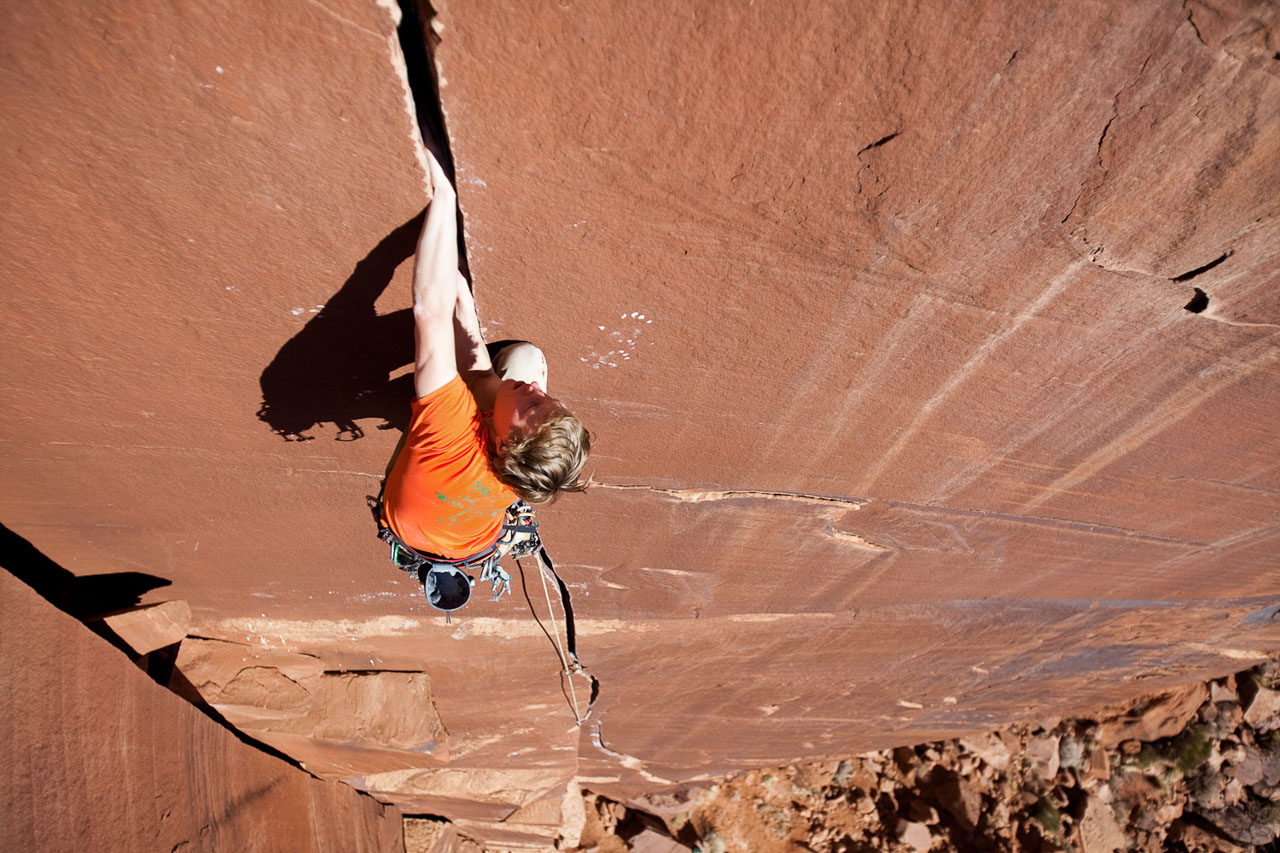
Blackrapid camera strap
Photo: It is next to impossible to be a climbing photographer without being a climber first. I'll bet you’ve never been astonished by a picture of a climber taken from the ground. To capture the height, the self control of the climber, and the technicality of the climb, you must be up there yourself. The distant ground, the look on the climbers face, and the texture of the rock itself tell the story; these are things that you must be right next to in order to capture. It requires some technical ability with ropes and gear to get yourself there, but there are also a few key items that will help you keep your equipment safe, and those below you safe from falling equipment. The most important is the camera strap -- I trust only the Blackrapid R Sport strap. It's sturdy, connects to the tripod adaptor, and locks onto my shoulder, keeping it from slipping off while I’m trying to maneuver myself around the rock.
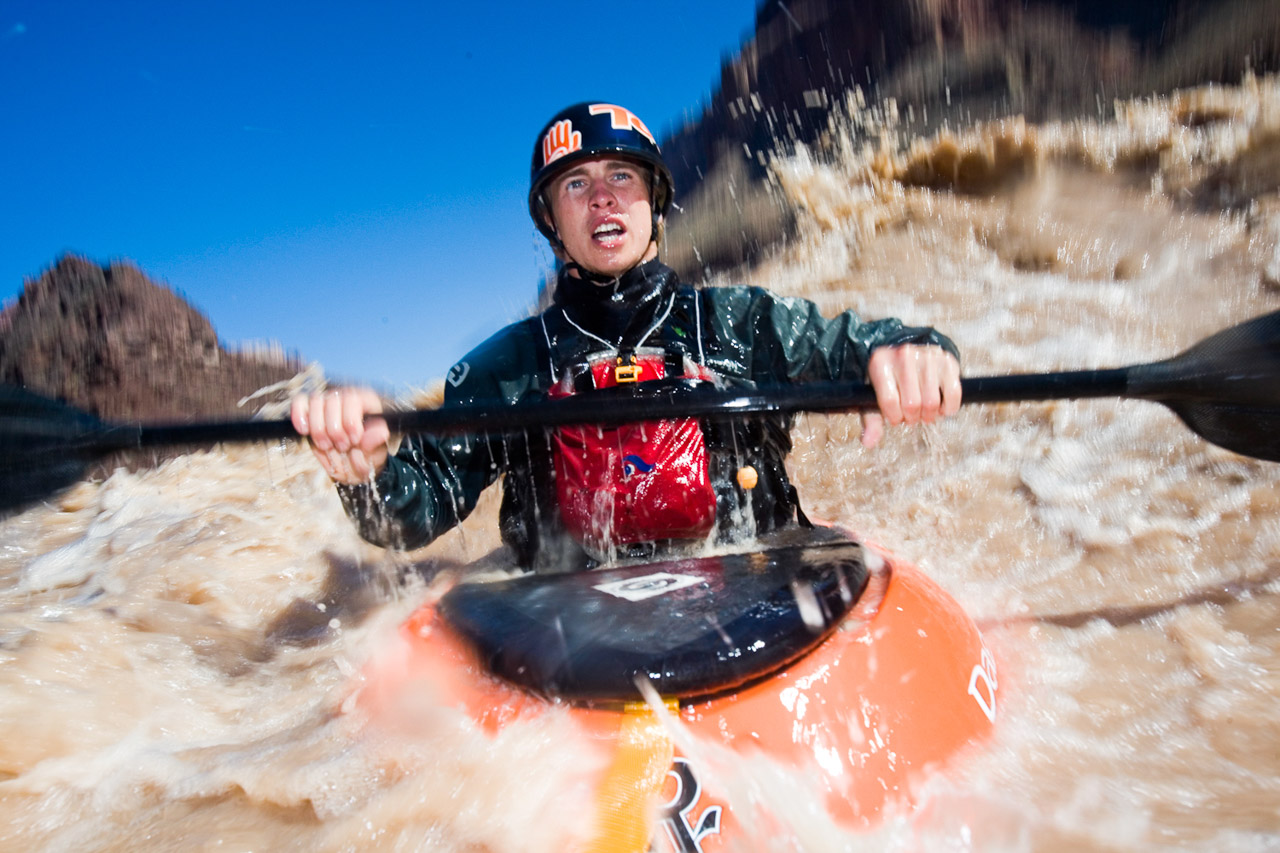
GoPro camera
Photo: I prefer the quality and interchangeable lenses of a “real” camera to the portability of a GoPro, but, there are some things a professional camera just can’t do as well and places they simply can't go. There was a time when photos like this one of pro kayaker Pat Keller really stood out as being something special. To make this image, I built a mount that would hold a camera inside of a waterproof housing 12 inches off the front of the kayak, and then rewired the housing so that I could put a radio slave unit on the outside of it to trigger the shutter remotely. It took me two weeks of trying and failing to get the shot. Now, with GoPro’s everywhere, this shot barely stands out. Everybody who looks at it assumes it was taken with a GoPro. The next time I take a shot like this, it will be with a GoPro.
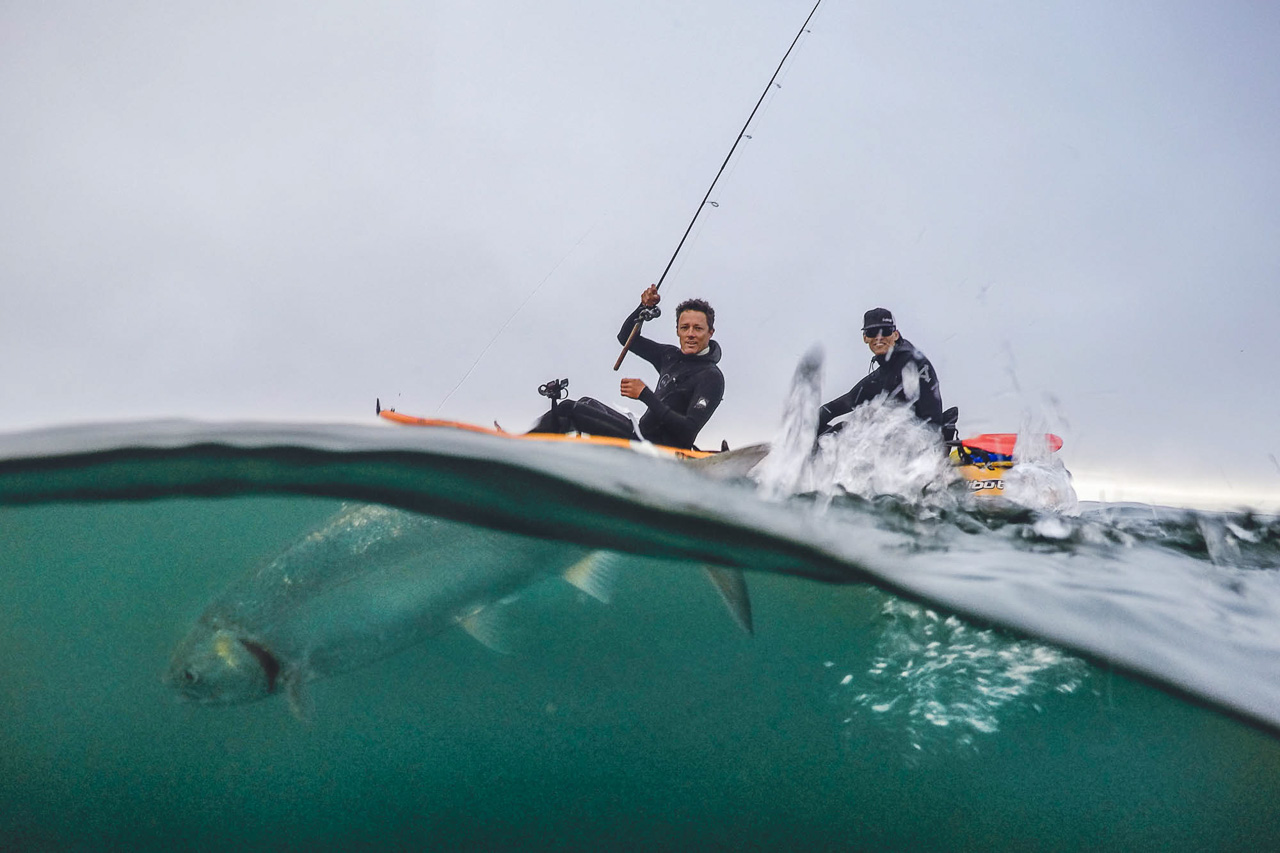
KNEKT dome port
Photo: Being ready for anything means having equipment for every situation. I was heading out with fellow National Geographic photographer Josh Humbert on a kayak fishing adventure on the Oregon Coastline, and was more interested in capturing images than fish. It was raining and the ocean swell made the threat of dropping my camera into the water very real. I decided to bring my GoPro with a KNEKT trigger and dome Port. The reason for the dome port is to push the waterline further away from the camera lens, allowing you to shoot both above and below the surface. When Josh hooked a salmon, I paddled around to the side of his boat and dropped the KNEKT halfway into the water, and waited for the fish to swim past. The combination of the GoPro and the KNEKT allowed me to get a shot I never would have gotten without it. From then on, the KNEKT has become a permanent part of my kit.
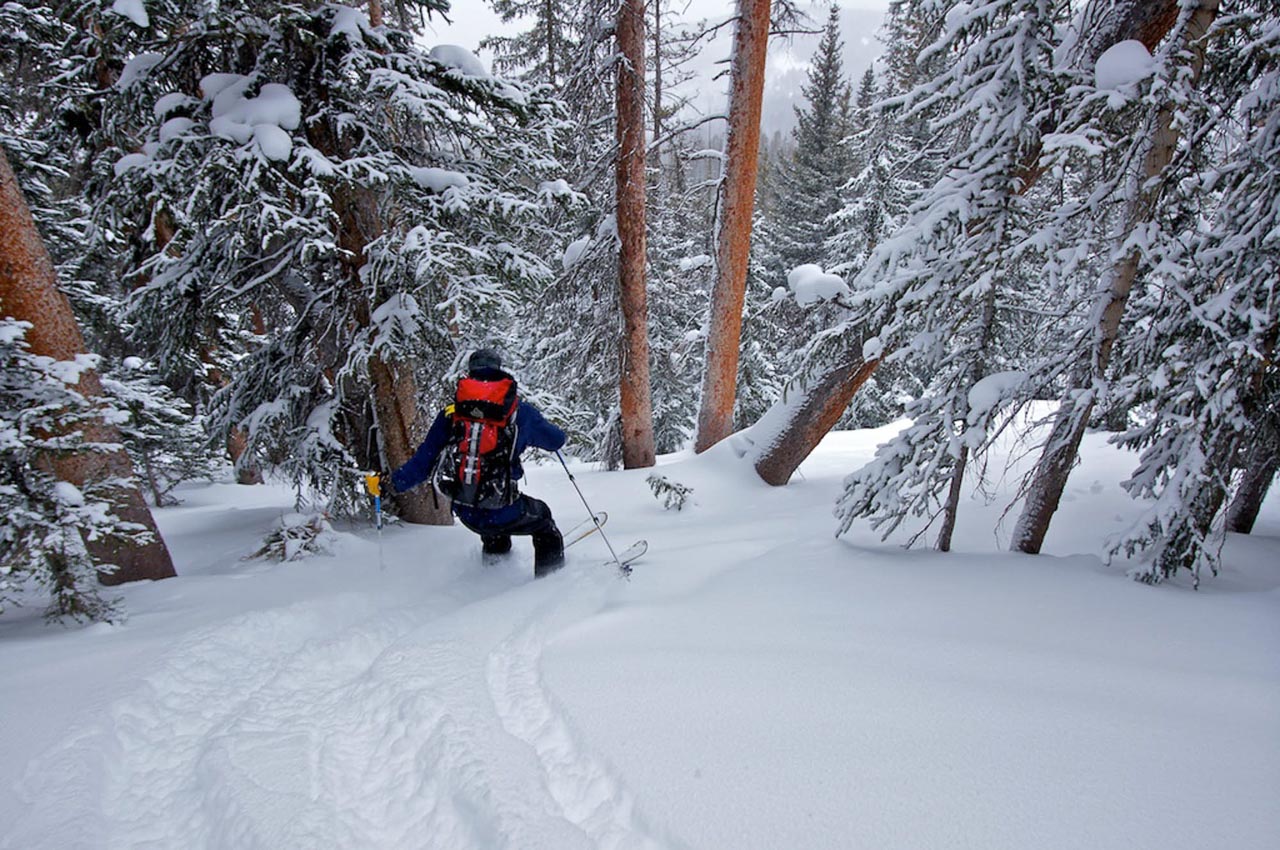
Sony camera
Photo: I once carried a full size DSLR camera 1400 miles across the Canadian Arctic on a dogsledding expedition for National Geographic. The camera, lenses, and batteries weighed about 10 pounds all together, and still I was only shooting 11 megapixels per image. I was skiing alongside the sled, so that the dogs didn’t have to drag me and the 1000 pounds of gear and food that would see us through the adventure. As soon as I returned from that trip, I sold the camera and bought one that was about half the size. Now, cameras have made a huge leap forward, and I’m doing it again. I’ve begun using the Sony A7RII They’ve packed in 42 megapixels, and the low light capabilities make it ideal for night photographs. It’s small proportions mean that I’ll always have room for it.
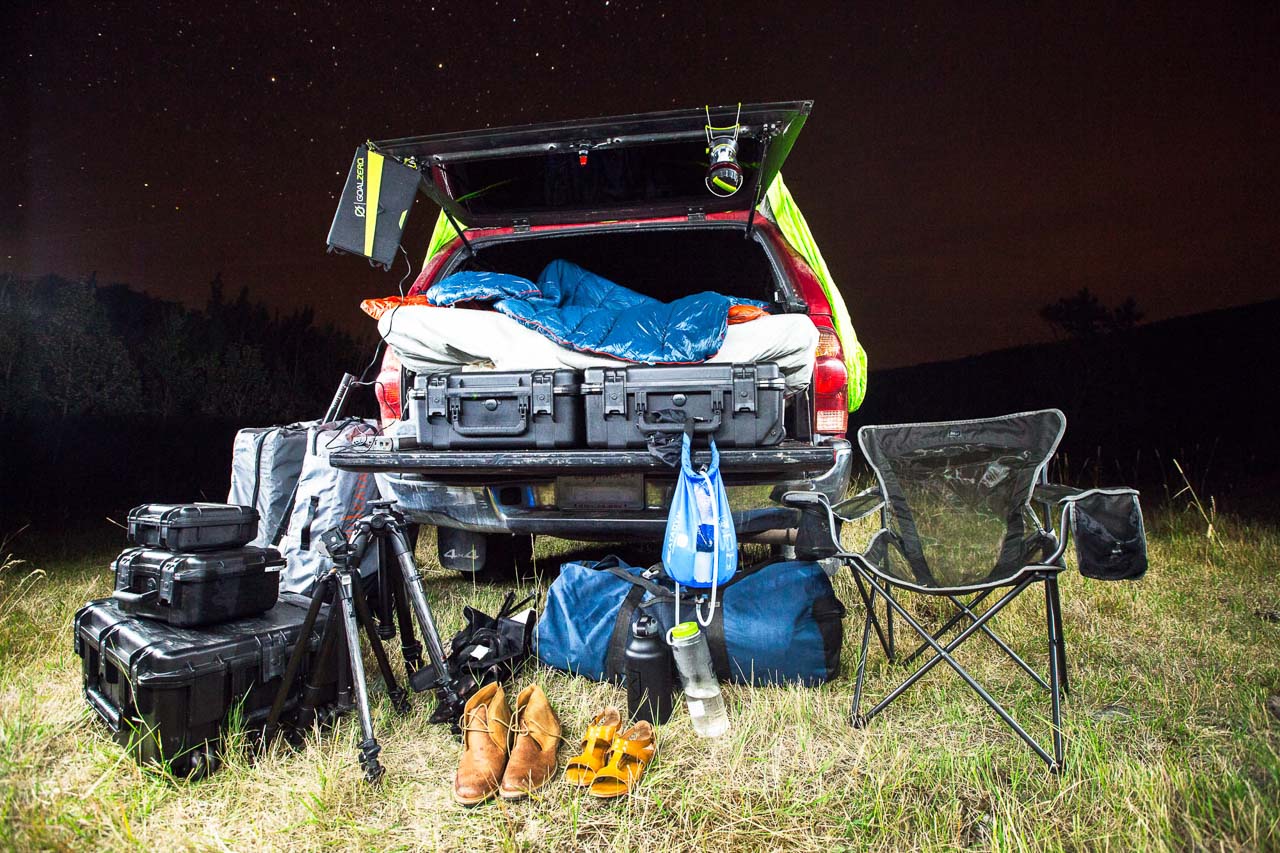
SKB travel cases
Photo: Adventure photography is a very gear intensive job. We have all this equipment, and we have to bring everything with us to places that can be very hard on it. Wether I'm checking my camera with my luggage; strapping it to the back of a horse, roof rack of a car; or swimming to shore through breaking waves, there is one piece of gear that I always have with me. SKB Cases make waterproof, military grade, hard plastic cases. Their cases are also lighter than their competitors so the chance of me paying for overweight baggage is lessened. I know my gear is safe, organized, and ready to go. I’ve even begun to store my equipment in SKB Cases when I’m home in a “Go Bag” so that if something comes up, I can just grab it and go.
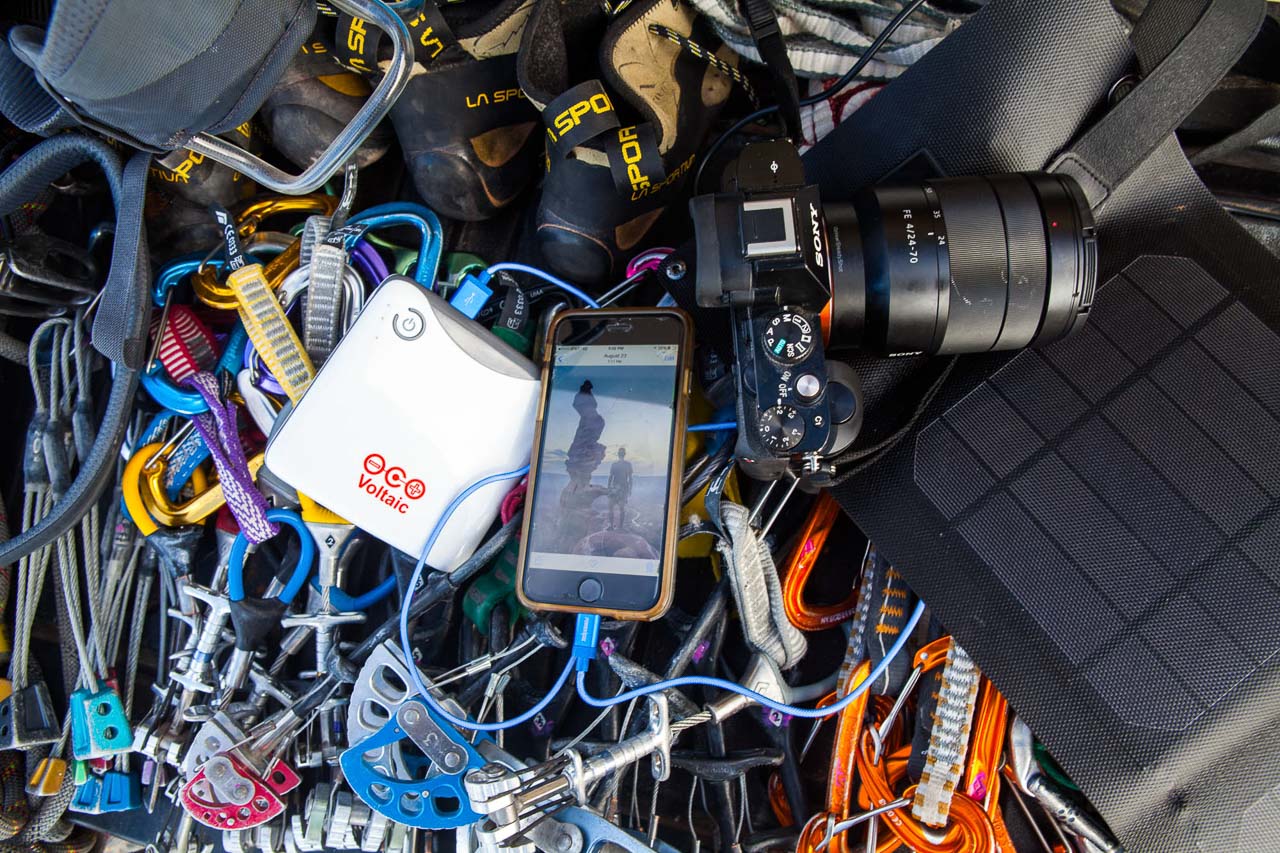
Power
Photo: Spending a week out in the wilderness sounds like a great plan, but when on day two your batteries are drained, it can be a frustrating realization that your camera and GPS are just extra weight. There are a few different things that I bring with me on my adventures to make sure that this isn’t a problem. The first is a Biolite Stove -- it’s powered off of kindling, so there’s no need to bring fuel, also saving weight. The heat from the stove generates power while you’re cooking that can charge anything that uses USB, like GPS, or a Sony Camera. I also have solar panels and battery packs from GoalZero and Voltaic Systems. Both can charge my gear while I’m out moving around.
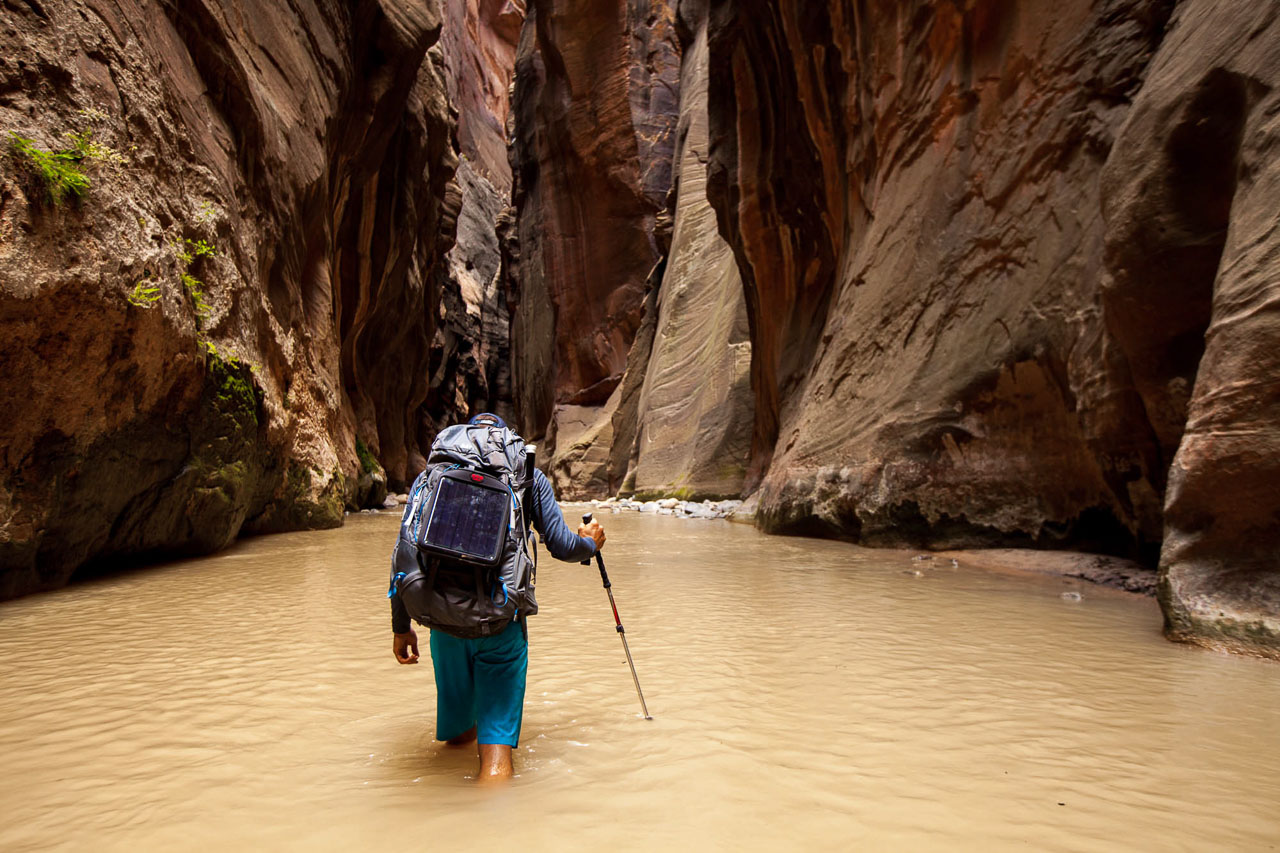
Bluesmiths clothing
Photo: Comfort is the most important factor when staying out in the wilderness. Wearing the best gear that you can find will keep you motivated even when the weather turns ugly, and can be the difference between going home empty handed, and being there when the magic happens. I found a clothing brand designed for watermen out of Maui called Bluesmiths. Their gear is Hydrophobic, meaning if you get rained on or splashed, the water beads up and rolls right off. I really became a fan when I hiked the Narrows in Zion National Park. You are constantly in and out of the water, and the deep canyon can make it cold even in summer, but with the hydrophobic clothing, I would be dry and warm in minutes.
Intermission

Princeton Tec headlamps
Photo: How many times have you found yourself lighting your way home with the screen of your phone. I’ve been through all of the major brands of headlamps, and I no longer seek out the most powerful. I seek out the most reliable. I have finally settled on one headlamp that has seen me through the most and fails the least I have two Princeton Tec headlamps in my truck, one in my climbing bag, another in my camera bag, and one hanging next to my keys by my front door. I’ve never had one fail.
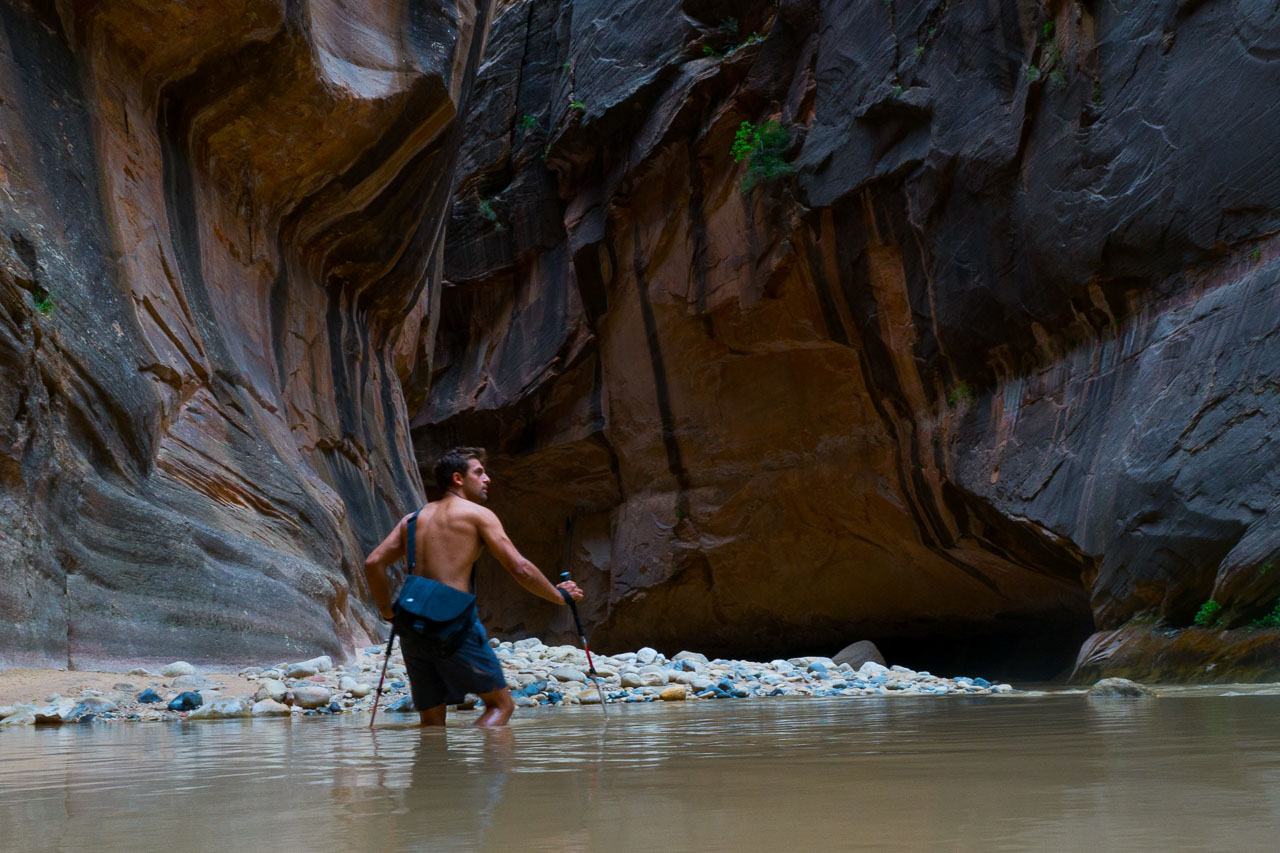
Tamrac bags
Photo: I can feel my camera beginning to swing around, my hands are occupied keeping me balanced. I try my best to keep the camera from hitting the rock, but as important to me as a camera is, I don’t value it more than my own safety. The lens smashes right into a sharp edge, and is destroyed. I’ve lost a few lenses to situations like this, and it was an expensive lesson to learn. Now I always take a small shoulder bag with me that keeps my camera safe and readily accessible without being so large as to have it get in the way. I’ve been using Tamrac bags for the last number of years, and I find that they have a combination of sturdiness, padding, and ease of use that allows me to get into the bag without the rest of my gear falling out of the bag.
